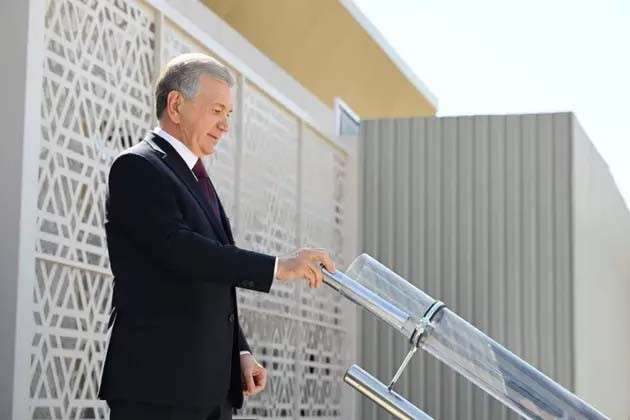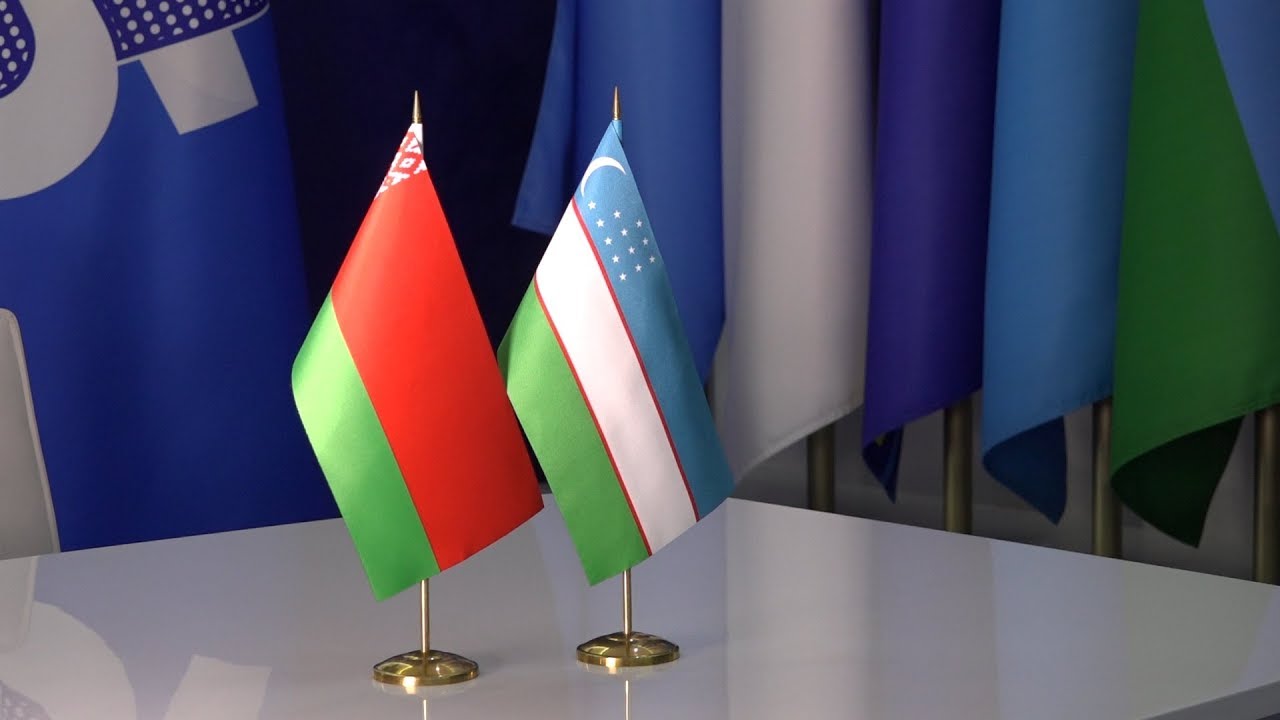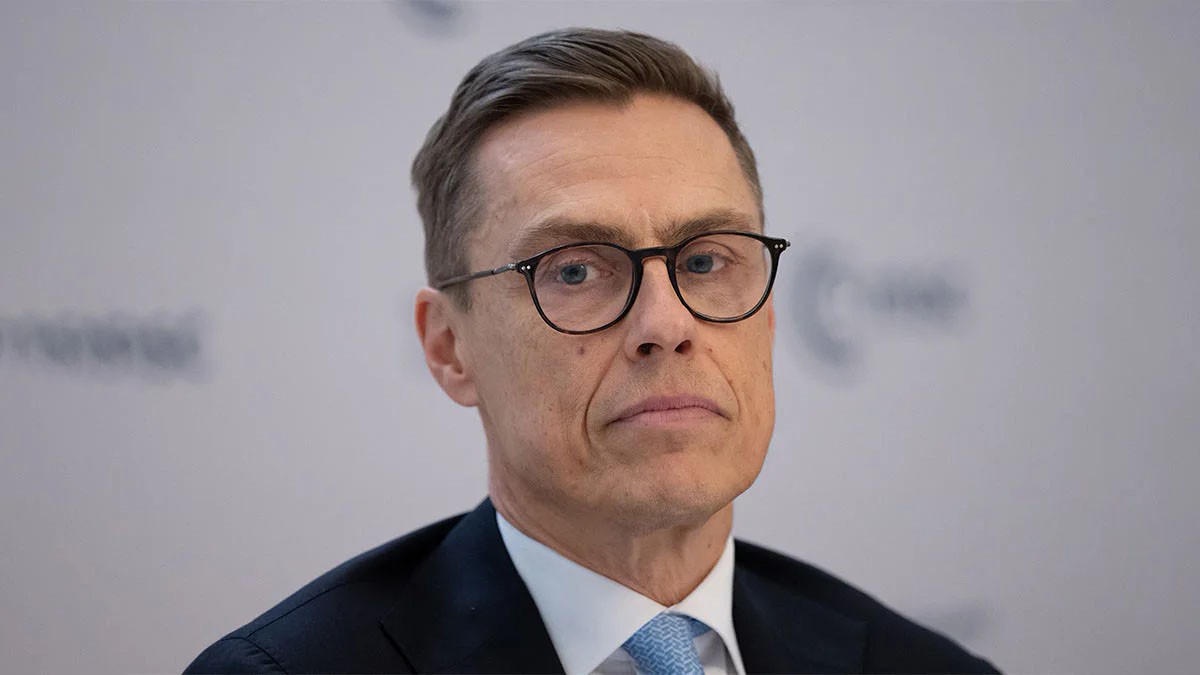At the next meeting on July 25, the Bank of Russia may decide to lower the key rate. All the relevant economists and analysts surveyed agree that an adjustment will occur. The overwhelming majority predicts a decline of 2 percentage points — from the current 20 to 18 percent. This will be the second decline in a row after the period when the rate was kept at the maximum level of 21 percent.
Analysts attribute the upcoming decision to a slowdown in inflation, weakening consumer activity and signs of a cooling labor market. According to current estimates, seasonally adjusted annual inflation in June approached the target level of 4 percent. At the same time, the growth rates of the money supply, lending activity and consumption remain moderate.
Given the normalization of macroeconomic indicators, it is important for the regulator not to provoke excessively rapid expectations of monetary policy easing. That is why, despite the signs of stabilization, the Bank of Russia is likely to maintain a neutral rhetoric. In particular, it is possible that with a general reduction in the rate, the official forecast for its average annual level will also be adjusted to 19.2 percent.
Some market participants are more cautious in their assessment. According to alternative scenarios, the reduction step may be 1-1. 5 percentage points. This approach is driven by continued exchange rate volatility and possible pro-inflationary factors in the fourth quarter, ranging from budget deficits to seasonal fluctuations in food prices.
Analysts ' special attention is focused on weekly inflation, as well as the impact of the July indexation of utility tariffs. Despite the decline in prices for fruit and vegetable products and the strengthening of the national currency, there are still risks associated with rising prices for market services.
According to the Central Bank, against the background of the current monetary policy, there is a noticeable decrease in aggregate demand, which limits price pressure. At the same time, the overheating in the economy is gradually fading away: the growth of investment in fixed assets is limited to certain industries, and household consumption is adjusted downward.
At the same time, as experts point out, wage growth still outstrips labor productivity growth, and lower deposit rates lead to a weakening of savings activity. This creates potential risks for the stability of the disinflationary trend.
Further steps of the Central Bank are evaluated ambiguously. Some analysts expect that after the July meeting, the regulator will take a break to assess the effect of policy easing on the dynamics of inflation and the exchange rate, as well as on the structure of the budget for 2026. Others predict that the rate cut will continue until the end of the year, possibly at each of the remaining meetings — in steps of 1-2 percentage points. The conservative target is 14 percent by December.
Judging by the regulator's rhetoric and the state of key macroeconomic indicators, the scenario of a gradual rate cut in the context of stabilizing inflation and a balanced economy remains basic. The regulator's focus is on maintaining control over expectations, managing credit impulses, and ensuring conditions for long-term price stability.











